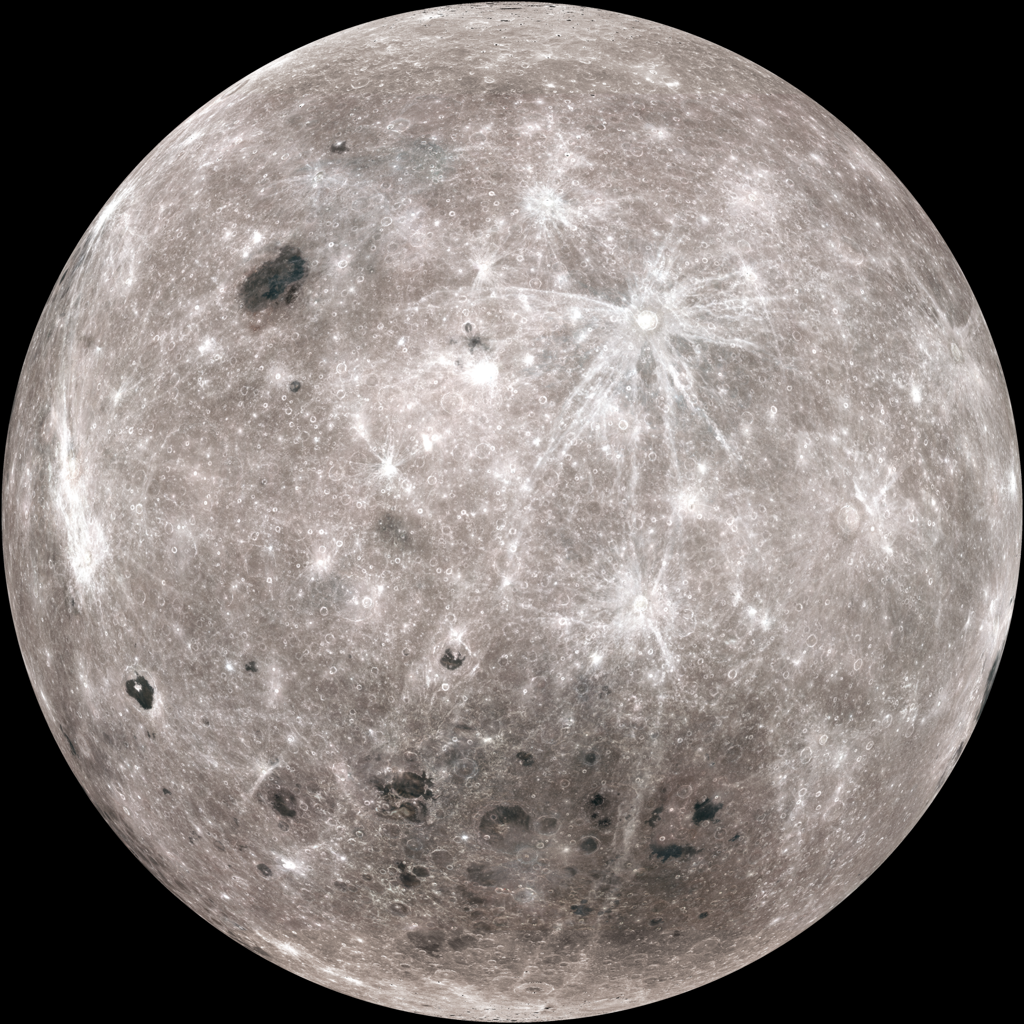The shape of the Moon's ancient crater may reveal its origins.
In one of the largest craters in the solar system, the impact formation was not immediately recognized. When the extensive dark area on the far side of the Moon was first captured by the Soviet spacecraft Luna 3 in 1959, it was referred to as a sea.
Later, mountain ranges forming arcs were observed along the edges of the basin. Ultimately, it became clear that this was the result of a very large asteroid impact. Data from modern satellite instruments suggest that buried deep within the basin lies its core — which is metallic.
The basin was named in honor of the regions it spans from south to north: the South Pole and the Aitken crater. Since the "dent" has a diameter exceeding 2000 kilometers, the size of the fallen celestial body must have measured in the tens of kilometers. For comparison, the asteroid blamed for the "death of the dinosaurs" 66 million years ago was estimated to be about 10 kilometers in size.

Recently, planetary scientists refined the age of the South Pole-Aitken basin: 4.33 billion years. It is important to note that the solar system is 4.6 billion years old. This means that 300 million years after the Earth formed, the Moon already existed and was "heavily wounded."
Scientists are trying to piece together how this "wound" has changed over the past four billion years and what it must have originally looked like. So far, they have leaned towards the idea that the current elongated shape of the basin from north to south corresponds to its original form, meaning the crater was oval-shaped. This occurs when a falling asteroid strikes at a very shallow angle. This partially reduces the impact force, resulting in fewer fragments that could potentially be collected, brought to Earth, and thoroughly studied.
However, recently specialists from the University of Maryland (USA) reached a different conclusion. As noted by the researchers in Earth and Planetary Science Letters, they examined more than two hundred mountain ranges that can confidently be interpreted as remnants of the "edges" of the South Pole-Aitken crater, meaning they collectively form a circle. Their comparisons revealed that the degree of elongation of the ring is 1.06. It is worth noting that exactly 1 indicates a perfect circle.
Thus, the largest lunar crater turned out to be almost perfectly round. This suggests that the body that formed it fell almost vertically, and such an impact would send rocks flying over vast distances.
This has encouraged planetary scientists, as they are optimistic about the upcoming lunar landings under the new "Artemis" program. Astronauts are set to be sent specifically to the Moon's South Pole. Among the potential landing sites for the Artemis-3 crew is noted, for instance, the area near Mount Mouton, which is also believed to be part of the ancient basin's edge. Many other options are located much closer to the pole.
The new data from scientists provide greater chances of finding rocks displaced by the asteroid's impact from the lunar mantle. This will allow for testing the still most popular (despite serious alternatives) theory of the Moon's origin: its formation from debris resulting from the collision of Earth with a hypothetical planet the size of Mars.